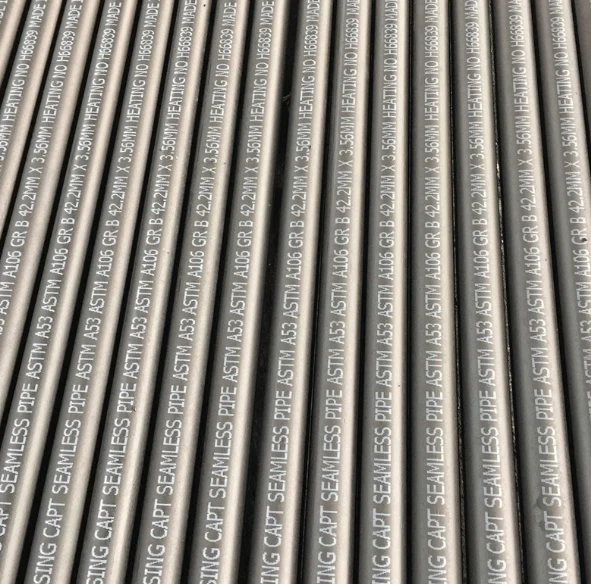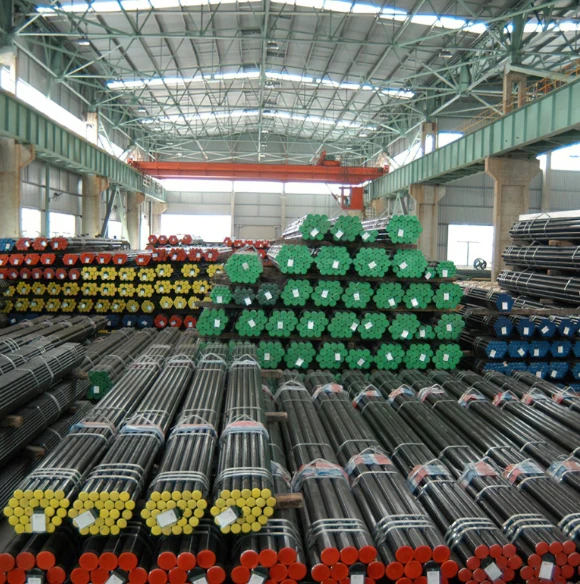

When selecting a seamless stainless steel pipe, several key factors should be considered to align with specific project requirements. Understand the grade of stainless steel needed, as different environments necessitate varying levels of corrosion resistance and mechanical properties. For example, Grade 316 offers enhanced protection against chlorides found in marine environments, whereas Grade 304 is widely utilized in less corrosive settings due to its cost-effectiveness and versatility. Another crucial consideration is the pipe’s dimensions and specifications. Precise measurements concerning outer diameter and wall thickness are critical to ensuring compatibility with existing systems and achieving optimal flow dynamics. Consulting with experienced suppliers or engineers can provide valuable guidance tailored to individual project needs. Furthermore, sustainable practices in the lifecycle of seamless stainless steel pipes are gaining importance as industries strive to minimize environmental impact. Stainless steel is inherently recyclable, and a commitment to sustainable sourcing and production methods not only enhances environmental responsibility but also aligns with global trends towards green initiatives. The seamless stainless steel pipe industry is robust in its ability to adapt and innovate in response to evolving industrial demands. Professionals in the field continue to refine manufacturing technologies, improve material compositions, and extend knowledge on application techniques, ensuring these products remain at the forefront of industrial solutions. In summary, seamless stainless steel pipes are more than mere conduits for fluid and gas transport; they embody a fusion of technical mastery, authoritative reliability, and unwavering performance. As industries advance and face new challenges, seamless SS pipes will undoubtedly continue to play a pivotal role, reinforced by their proven capabilities and trusted presence across the globe.
Post time: Feb . 17, 2025 21:08

















